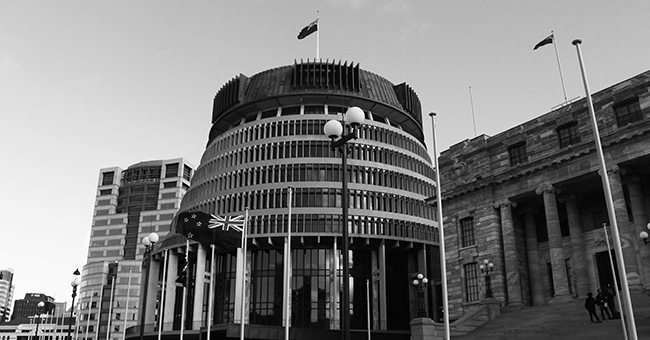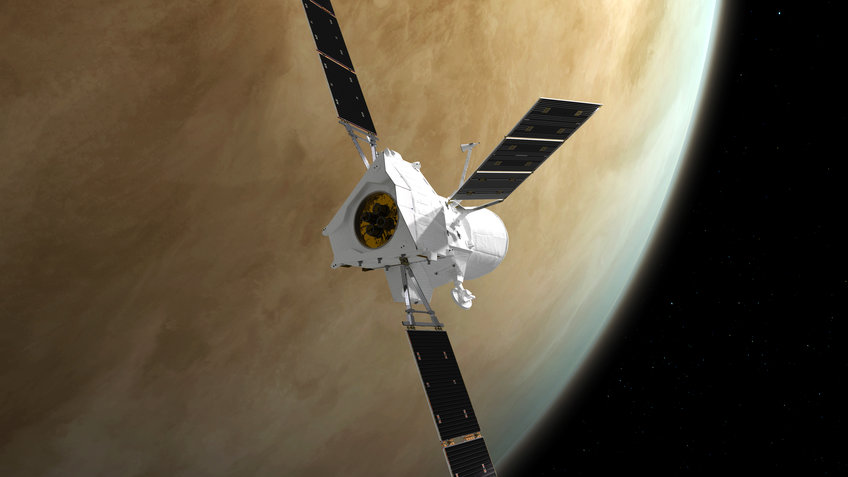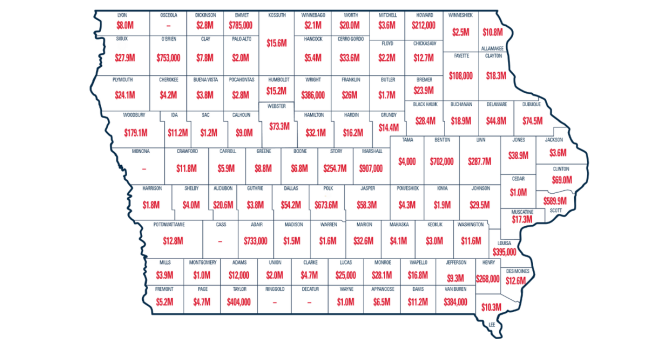The Chatham Islands will receive close to $40 million for projects that will improve its infrastructure, add to its attraction as a visitor destination, and create jobs through a planned aquaculture venture, Infrastructure Minister Shane Jones has announced. “The COVID-19 pandemic has had a devastating impact on the islands, first through the halting of crayfish and blue cod exports and then through the drying up of livestock and wool sales. Fishing and farming are the islands’ main sources of economic revenue. This, coupled with a lack of tourism, has resulted in an estimated of $20m in lost revenue to the island and unemployment of up to 30 per cent,” Shane Jones said. The Government has agreed to provide $36 million for an infrastructure project to lengthen and strengthen the runway at Tuuta Airport, on Chatham Island. “Every study on the issues and opportunities for the Chatham Islands economy has identified effective air services as critical for sustainable growth,” Shane Jones said. “This new runway will allow larger planes to use the airport, improving connectivity for those living on the island, and for visitors. Doing this work now, which includes associated infrastructure such as building, lighting and fencing upgrades, is expected to future-proof the airport for half a century.” The project, which is being overseen by Chatham Islands Airport Ltd, will create up to 20 jobs during the construction stage. It is expected to take about 18 months to complete. In addition to funding the airport redevelopment, Shane Jones also announced a $2.15 million Provincial Growth Fund (PGF) investment in projects to further boost the regional economy through aquaculture, tourism and infrastructure. A total of $1.69 million has been allocated to two project to develop a shellfish aquaculture industry on the Chatham Islands. It is planned that the first farm will be established at Whangamoe Inlet, providing up to 20 jobs. “Chatham Islanders have a long connection to the kaimoana industry. This project will diversify the industry into shellfish and premium seafood smallgoods. It will provide jobs and training opportunities for locals, strengthen the local fishing industry, improve food security and enhance biodiversity,” Shane Jones said. Another $490,000 has been allocated to help establish a dedicated tourism manager for the Chathams to grow the tourism sector. “With the redevelopment of the airport, it is crucial that the islands are well-placed to take advantage of the potential that brings. There are many attractions on the islands, including Moriori petroglyphs and tree carvings. A new museum is being built, and the number of accommodation providers is increasing. “A dedicated tourism manager for the islands could be a game-changer in terms of attracting more visitors, and that means New Zealanders, to explore this piece of our country.” The PGF is also providing $192,168 for a new multi-purpose lines vehicle to replace the old and non-compliant vehicle on which the entire islands rely for maintaining the power supply. “Chathams Islands Electricity, which is the sole provider of reticulated electricity in the Chatham Islands, is a subsidiary of the not-for-profit Chathams Enterprise Trust. If the islands are to grow their economy, it is essential they are able to maintain a reliable power network. This new vehicle will have be equipped with a mobile workshop and will be used for pole installation, tree-trimming and lines and component servicing,” Shane Jones said. Through the One Billion Trees Programme, the Chatham Islands will receive more than $1 million for two projects. Manukau Land Trust will receive $856,635 to help restore indigenous flora and fauna to a coastal area that has been cleared and grazed for more than 100 years. It includes planting of 150ha, including 140ha of indigenous species (hakapiri, kopi, hoho, Chatham Islands nikau and rautini) and 10ha of eucalypts to be used for timber and poles. Chatham Islands Taiko Trust will receive up to $163,505 to build and upgrade nine micro-nurseries, and training eight nursery owners to a Level 2 NZQA nursery production qualification and qualify one experienced nursery owner to become a Level 2 assessor. This will help the collective realise their goal of producing an additional 62,500 seedlings per year. Finally, Crown Infrastructure Partners is working to improve the connectivity on the Chatham Islands for residents and businesses, through phase two of the Rural Broadband Initiative and the PGF. Through these programmes, the islands’ internet satellite link to the mainland will be upgraded to provide more capacity, improving broadband speeds for residents on the island. As part of the programme, there will also be some mobile coverage on the island for the first time, with access to a mobile service from all three mobile operators as well as improved broadband connectivity for residents. This work is planned to start in the first half of 2021. Whakamaharatanga Marae and Kōpinga Marae are also having their broadband upgraded through the PGF marae digital connectivity programme. Along with that work, both will get new hardware and technical support. Both connections are expected to be complete by October. “I am delighted to announce this package of funding and work for this amazing part of New Zealand, which is too often overlooked. It has suffered from a lack of attention from central Government and I hope that this package goes some way to helping the islands achieve greater economic and social outcomes for the people who live there, as well as becoming a must-see destination for visitors,” Shane Jones said. Editors notes The shovel-ready infrastructure project is being funded as part of the investments announced by Finance Minister Grant Robertson and Shane Jones on July 1 to kick-start the post COVID-19 rebuild by creating more than 20,000 jobs and unlocking more than $5 billion of projects up and down New Zealand. The $50 billion COVID Response and Recovery Fund (CRRF) set out in Budget 2020 earmarked $3 billion for infrastructure projects. Ministers established the Infrastructure Reference Group (IRG) to work with local councils and businesses to identify a pipeline of projects to support the economy during the COVID-19 rebuild. Cabinet then decided the key sectors and regional breakdown of funds with more than 150 projects worth $2.6 billion being approved in principle. All approvals are in principle and subject to contract negotiations. Investment values are also subject to change. |
Big boost for Chatham Islands’ economy
/Public Release. View in full here.








